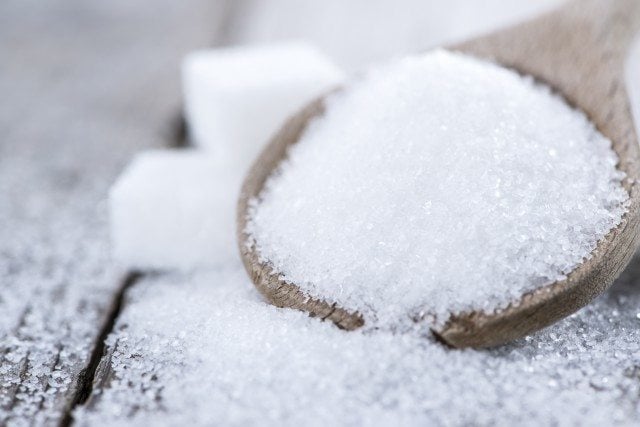The demand for low-calorie food items in various verticals of food service industry has triggered the growth of artificial sweeteners market, according to a report by Future Market Insights.
The demand for artificial sweeteners also witnessed growth in the past few decades due to growing health issues like diabetes and obesity.
Till 2012, aspartame enjoyed the largest market share as compared to other artificial sweeteners.
However, sucralose has surpassed its demand in recent times, globally.
Sucralose-based sweeteners are expected to dominate the market space due to their natural profile.
New product launches with natural ingredients would fuel the demand for the same.
The demand for aspartame in diet soft drinks would continue, perhaps its demand is expected to decline in tabletop market in the forecast period.
Application-wise, demand for artificial sweeteners for diet soft drinks is expected to decline.
Also, tabletop would emerge as the largest category leaving behind confections and the candy market by 2020.
Industry reactions to artificial sweeteners
Researchers are continuously working on the efficacy of artificial sweeteners and found out that they can potentially disrupt the body’s ability to regulate blood sugar, which in turn can trigger diabetes.
Artificial sweeteners, viz. Sweet’N Low (saccharin), NutraSweet and Equal (aspartame) account for a major market share in the US.
They have reported a continuous decline in their market share from 2010 to 2013, which shows that the market for artificial sweeteners is shrinking in North America.
However, the market for artificial sweeteners is growing moderately in emerging economies.
In May 2009, Tate & Lyle had stopped the production of aspartame in its manufacturing site at McIntosh, Alabama to concentrate its production in their state-of-the-art plant located in Singapore.
Regulations on artificial sweeteners
There is a growing trend towards blending two or more artificial sweeteners to mask their bitter or metallic taste in products.
For instance, companies blend sucralose and neotame to enhance the quality of the final product.
With extended government approvals for the use of artificial sweeteners in different regions and applications have significantly boosted the demand for these products.
In August 1999, the FDA (Food and Drug Administration) had approved the use of aspartame as a general purpose sweetener and expansion of categories in the range of food and beverage applications.
The European Union made a new amendment in December 2009 to use neotame as a sweetener across Europe.
Artificial sweeteners 101
Artificial sweeteners are synthetically produced sugar substitutes that are sweet in taste.
Some of the major artificial sweeteners include aspartame, acesulfame-K, monosodium glutamate, saccharin and sodium benzoate.
Second generation artificial sweeteners include sucralose and neotame.
Artificial sweeteners are also called intense sweeteners as they are many times sweeter than the regular sugar.
For instance, neotame is 8000 times sweeter than sugar.
These are potential alternatives to sugar as they add virtually no calories to one’s diet and help maintain low blood sugar levels.
Additional advantages reflect in pricing and labeling.
Industrial uses
Artificial sweeteners are widely used in processed foods, like baked goods, powdered drink mixes, candies, puddings, jams and jellies, dairy products and a variety of other foods and beverages.
The market can be segmented based on application such as bakery items, dairy products, confectionery, beverages and others.
Regionally, the market can be segmented into Asia-Pacific, North America (US, Canada and Mexico), Western Europe, Eastern Europe, Middle East and North Africa, as well as rest of the world, including Latin America and South Africa.
The market can also be segmented on the basis of distribution channels, like supermarkets and hypermarkets, departmental stores, mom-and-pop shops, convenience stores and others.










